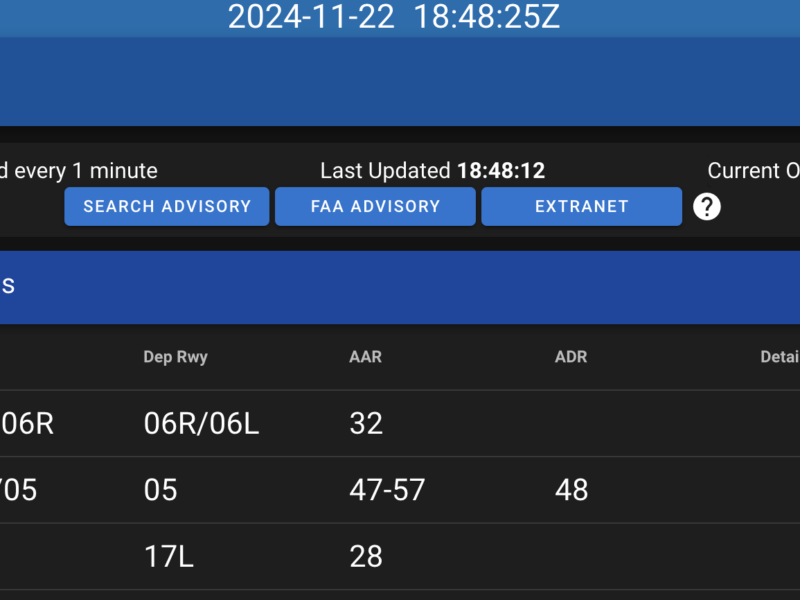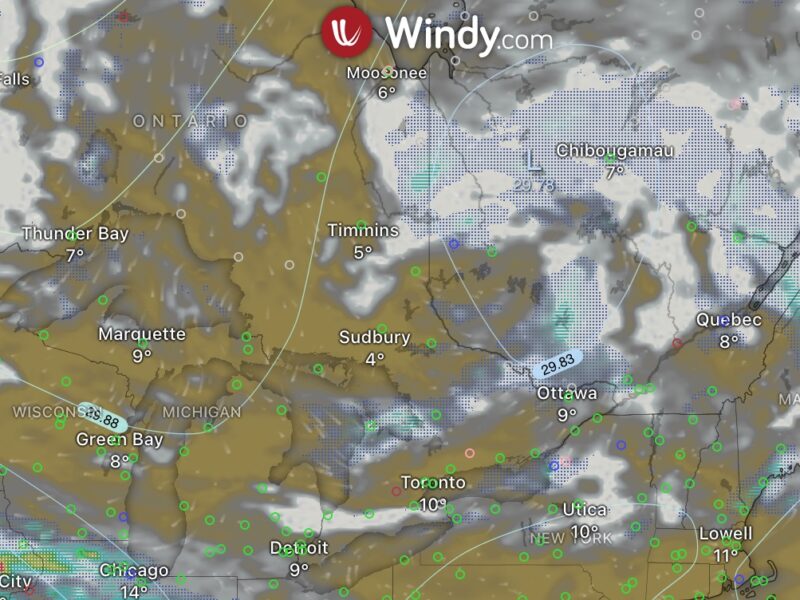A while back I posed the question “Does an airplane in 45° bank experience more G forces than a slower one?”
The quick answer: No. The G forces (or load factor) on the aircraft does not change based on the speed you are flying.
The equation to calculate load factor (n) is as follows:

Where Theta is the angle of bank.
Since the angle of bank determines the load factor and not speed, a faster aircraft at 45° will experience the same load factor of a slower aircraft at the same angle of bank.
The only thing that is different is the radius of the turn. A faster moving aircraft will have a larger turn radius at the same angle of bank than a slower aircraft.
In all instances we’re talking about true air speed (TAS).

So lets use two aircraft. A Cessna 172, and a Piper Seminole. Both are excecuting a 45° bank turn. The 172 at 90KTAS and the Seminole at 130KTAS:
Cessna:
![]()
Seminole:
![]()
This is important information to know, especially if you are flying in canyons or other places with limited area to maneuver. If you need to turn 180° in the smallest amount of distance, its best to slow down before executing the turn (see comments).
Don’t forget! Your stall speed increases as the angle of bank increases.
I was never good at math, so please correct me if iIm wrong. The formula states “velocity” and not speed. So I’m unsure if I can use KTAS or if I need to convert that into feet per second.
Oh and where did I get 11.29? See the bottom of this page.



KTAS is what you want in the formula. The constant 11.29 is calculating by converting the units of measure in the original formula:
r = sqr(v) / (g x tan(b))
so that an input in NM/h will output a result in feet.
Marco,
Ok great.. so I did have it right :) Thanks.
Blake,
Correction: Stall speed “increases” with increase in angle of bank.
Cheers.
Hi,
the question of speed to turn is not that obvious… For a given bank angle, the slower the better. But if you really want a tight turn, 60° bank is probably better. But to have enough lift, you’ll need more speed…
So have the lower speed that will sustain the bank you want. My experience of flying in valleys is also that a 60° bank turn with no natural horizon is not an easy job. You’d better not need such a last minute U-turn.
http://www.plasticpilot.net
Apoorv,
That’s what I meant.. I have fixed the post.
PlasticPilot,
Thanks for the info. I’ve personally never flown in a situation where I’ve needed anything more than 20 or 30° of bank.
Ha, during my initial phases of training i was so scared to even go 30 degrees of bank, now i love 45.. anything less seems shallow :)